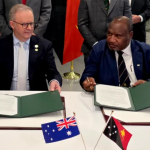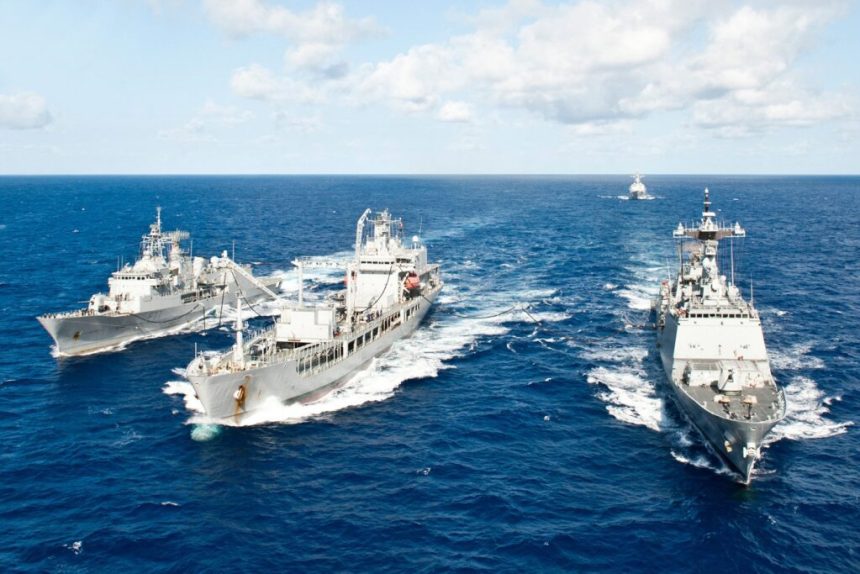In a significant escalation of tensions in the South China Sea, the Philippines has accused China of aggressive behavior, alleging that Chinese ships used water cannons to obstruct Philippine government vessels. This incident adds to the ongoing territorial disputes in the region, raising concerns about the potential for further conflict.
Confrontation at Scarborough Shoal
The confrontation occurred near Scarborough Shoal, a contentious area that has been a longstanding flashpoint between China and the Philippines. The shoal was seized by Beijing in 2012, leading to numerous encounters where Chinese vessels have reportedly harassed Philippine fishermen. Video evidence from the recent incident shows Chinese ships directing high-pressure water blasts at Philippine vessels, an action condemned by the Philippines as both “illegal and aggressive.”
Philippine Response and International Implications
The National Task Force for the West Philippine Sea, representing the Philippines, expressed vehement opposition to these actions, characterizing them as violations of its sovereignty. The incident has exacerbated tensions between the two nations, which have increased since Ferdinand Marcos Jr.’s presidency began last year. The Philippines has recently engaged in joint air and sea patrols with the United States and Australia, signaling a strengthening of military cooperation in the region.
China’s Expanding Claims and International Rejection
China’s claim to approximately 90% of the South China Sea was invalidated by an international tribunal in 2016. However, Beijing continues to disregard this ruling, intensifying its island-building and territorial claims in these waters. The area’s strategic importance has not only been a point of contention between regional neighbors but has also become a significant issue in China-US relations. The US has explicitly stated, as recently as October, its commitment to defending the Philippines in the event of an attack, underlining the international stakes involved.
Conclusion
This latest incident in the South China Sea highlights the ongoing complexities and tensions in the region, with China’s assertive actions continuing to challenge the territorial sovereignty of its neighbors. As the Philippines seeks to navigate these disputes, the international community watches closely, aware of the broader implications for regional stability and international maritime law.
Also learn about Rockets Target U.S. Embassy in Baghdad’s Green Zone.










